Set to the backdrop of the magnificent, snow-laden Himalayan Mountain range, the pristine, remote region of Nepal is a fast-emerging geographical origin for world-class tea.
Nepal is one of the poorest countries on earth and lacks the commercial infrastructure(read more...)
+Set to the backdrop of the magnificent, snow-laden Himalayan Mountain range, the pristine, remote region of Nepal is a fast-emerging geographical origin for world-class tea.
Nepal is one of the poorest countries on earth and lacks the commercial infrastructure of older, more established tea producing regions. Although the climate, soil, and elevation are ideal for world-class tea production, Nepali teas are relatively rare and have been unknown to the world until recently. Nepal has only just begun rising from obscurity to vying in stature with the legendary nearby region of Darjeeling, a change that has brought much-needed income and environmentally-sustainable agriculture to one of the world’s poorest countries.
We purchase our Nepalese teas from Jun Chiyabari Tea Garden (which translates as “Moonlit Tea Garden”), a small and exclusive tea producer located in the foothills of the Himalayan mountain range approximately 120 miles east of Kathmandu, 60 miles south of Mount Everest, and 40 miles west of Darjeeling. The garden is located at around 6,000 foot elevation, making it among the highest tea gardens in the world. The brothers who own Jun Chiyabari Tea Garden practice sustainable farming practices with an emphasis on bio-diversity and commitment to organic cultivation. They bring welcomed jobs to an impoverished community, purchase raw tea leaves directly from small local farmers (unlike Darjeeling which is produced on large estates, Nepali tea is often grown on tiny plots owned by independent farmers who then sell fresh leaves to nearby factories for processing), have fair-price policies in place, and invest money and knowledge back into the community. Their knowledge and expertise has carved out a respectable niche within the tea industry, as Nepalese teas have found their way to the shelves of tea connoisseurs world-wide only in the last 10-20 years. Nepal’s tea community is in the early stages of a revolution; growers are planting tea bushes in the same steep, high-elevation fields that granted Darjeeling its unmatched reputation. Entrepreneurial farmers are developing remarkable styles of tea unburdened by Darjeeling’s colonial-era baggage, at a fraction of the price and with an emphasis on small production micro-lots influenced by specialty gardens in China and Taiwan.
Unlike many commercially produced teas mass produced with machinery, teas from Nepal are hand-picked and processed with traditional cultivation methods – this yields distinctive teas of exceptional taste and quality. Teas from Nepal often feature a deeply tawny cup, sprightly floral aroma, and spicy muscatel flavor. Alpine notes reminiscent of nectarine, sandalwood, rose and chrysanthemum abound. Although best appreciated on its own, small quantities of milk, sugar, or lemon may be added to suit personal preferences. Because of its proximity to Darjeeling and similar high elevations, teas from Nepal share some characteristics with their Darjeeling “cousins,” but with a distinctive, vibrant character all its own.
(Photo credit to Bachan Gyawali at Jun Chiyabari Tea Garden).
(read less...)
Set to the backdrop of the magnificent, snow-laden Himalayan Mountain range, the pristine, remote region of Nepal is a fast-emerging geographical origin for world-class tea.
Nepal is one of the poorest countries on earth and lacks the commercial infrastructure of older, more established tea producing regions. Although the climate, soil, and elevation are ideal for world-class tea production, Nepali teas are relatively rare and have been unknown to the world until recently. Nepal has only just begun rising from obscurity to vying in stature with the legendary nearby region of Darjeeling, a change that has brought much-needed income and environmentally-sustainable agriculture to one of the world’s poorest countries.
We purchase our Nepalese teas from Jun Chiyabari Tea Garden (which translates as “Moonlit Tea Garden”), a small and exclusive tea producer located in the foothills of the Himalayan mountain range approximately 120 miles east of Kathmandu, 60 miles south of Mount Everest, and 40 miles west of Darjeeling. The garden is located at around 6,000 foot elevation, making it among the highest tea gardens in the world. The brothers who own Jun Chiyabari Tea Garden practice sustainable farming practices with an emphasis on bio-diversity and commitment to organic cultivation. They bring welcomed jobs to an impoverished community, purchase raw tea leaves directly from small local farmers (unlike Darjeeling which is produced on large estates, Nepali tea is often grown on tiny plots owned by independent farmers who then sell fresh leaves to nearby factories for processing), have fair-price policies in place, and invest money and knowledge back into the community. Their knowledge and expertise has carved out a respectable niche within the tea industry, as Nepalese teas have found their way to the shelves of tea connoisseurs world-wide only in the last 10-20 years. Nepal’s tea community is in the early stages of a revolution; growers are planting tea bushes in the same steep, high-elevation fields that granted Darjeeling its unmatched reputation. Entrepreneurial farmers are developing remarkable styles of tea unburdened by Darjeeling’s colonial-era baggage, at a fraction of the price and with an emphasis on small production micro-lots influenced by specialty gardens in China and Taiwan.
Unlike many commercially produced teas mass produced with machinery, teas from Nepal are hand-picked and processed with traditional cultivation methods – this yields distinctive teas of exceptional taste and quality. Teas from Nepal often feature a deeply tawny cup, sprightly floral aroma, and spicy muscatel flavor. Alpine notes reminiscent of nectarine, sandalwood, rose and chrysanthemum abound. Although best appreciated on its own, small quantities of milk, sugar, or lemon may be added to suit personal preferences. Because of its proximity to Darjeeling and similar high elevations, teas from Nepal share some characteristics with their Darjeeling “cousins,” but with a distinctive, vibrant character all its own.
(Photo credit to Bachan Gyawali at Jun Chiyabari Tea Garden).
Set to the backdrop of the magnificent, snow-laden Himalayan Mountain range, the pristine, remote region of Nepal is a fast-emerging geographical origin for world-class tea.
Nepal is one of the poorest countries on earth and lacks the commercial infrastructure


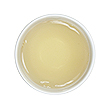
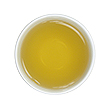
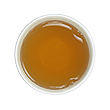
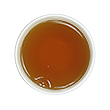
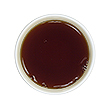
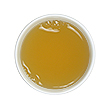
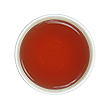
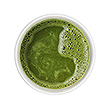
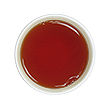
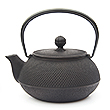
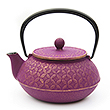
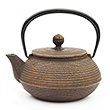


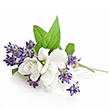
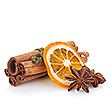
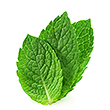



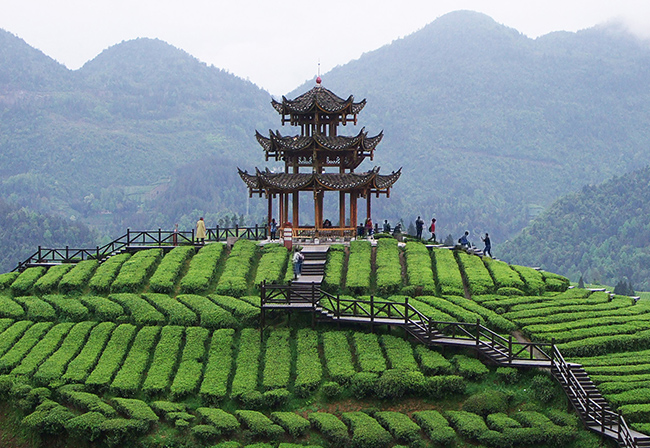
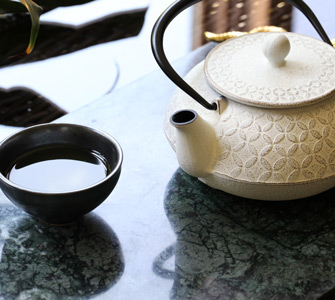
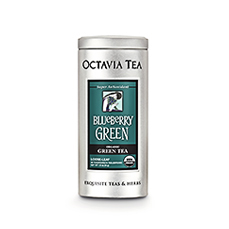
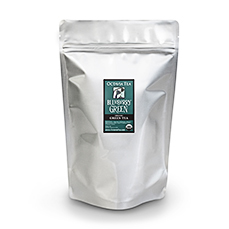
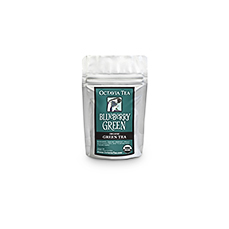
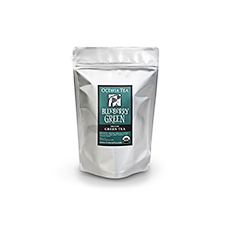
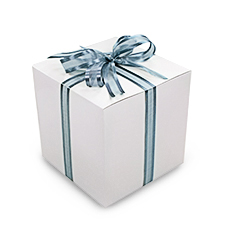
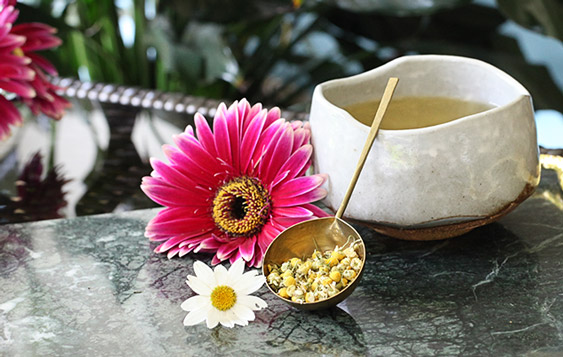





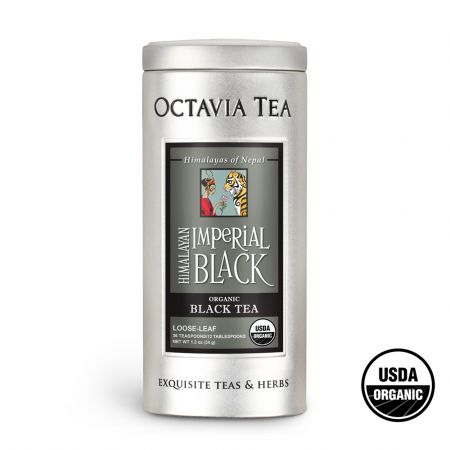
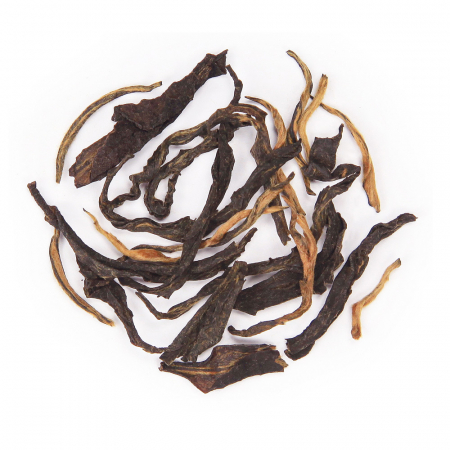

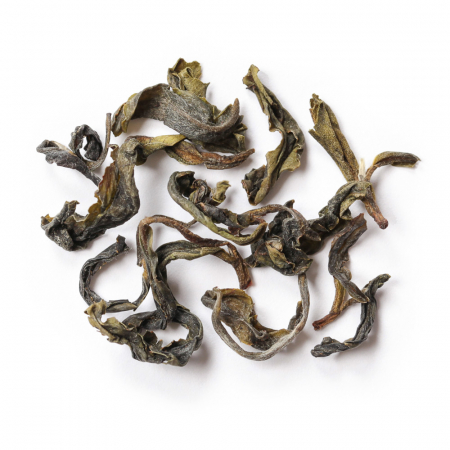
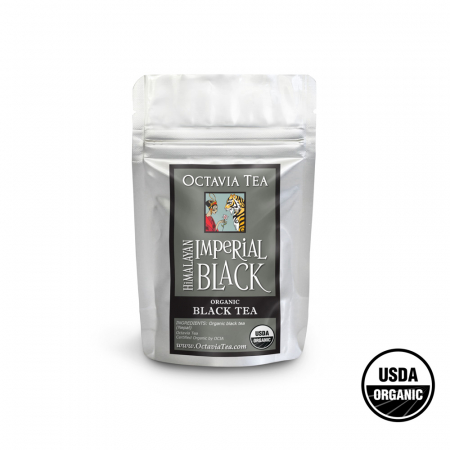
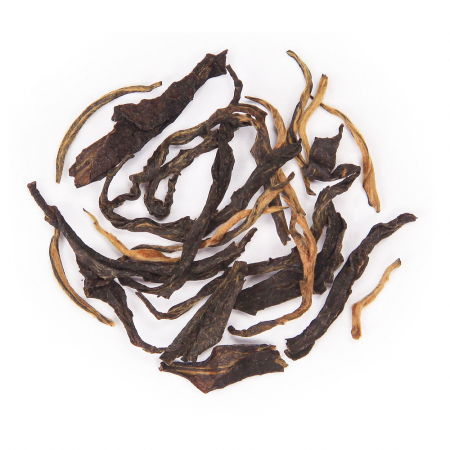
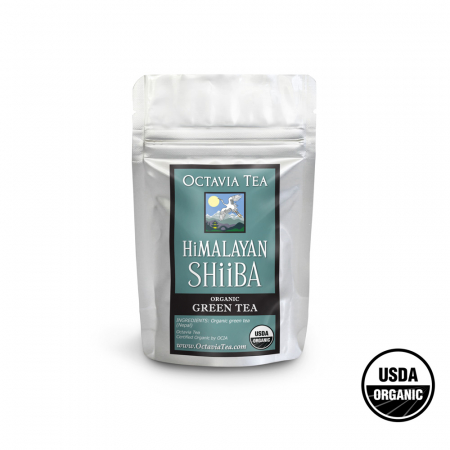
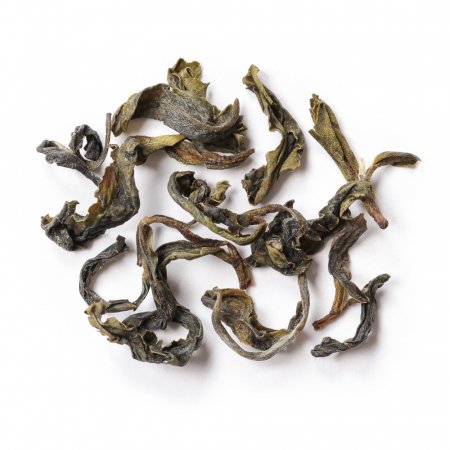
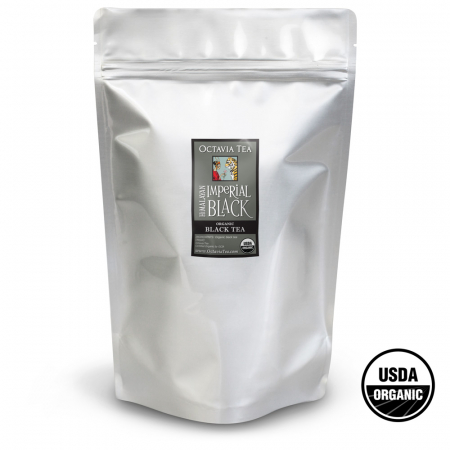
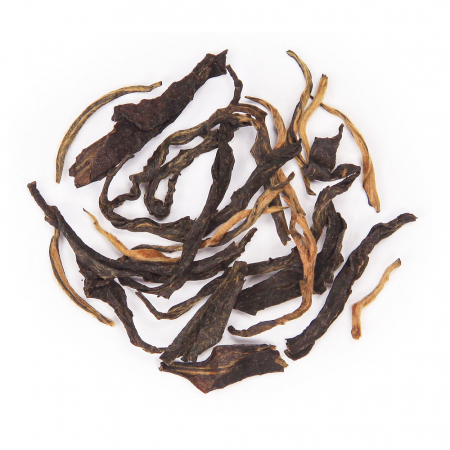
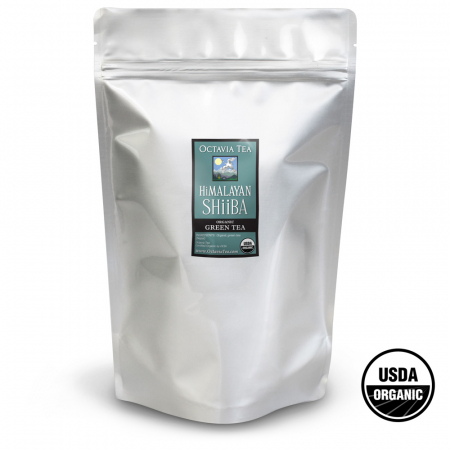
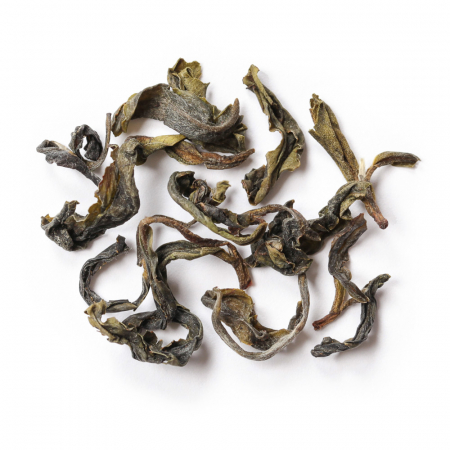
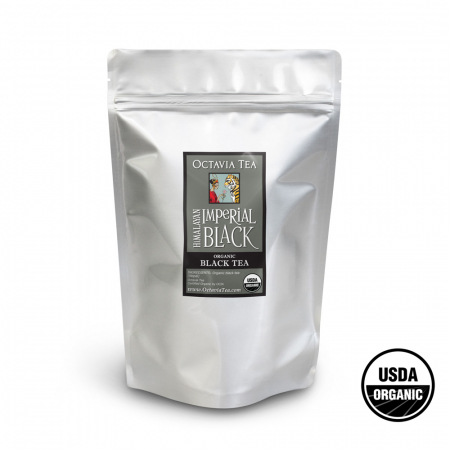
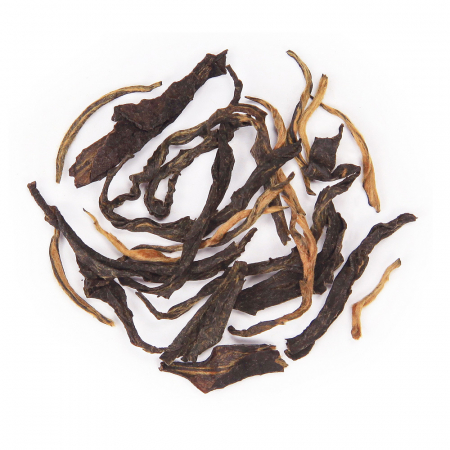
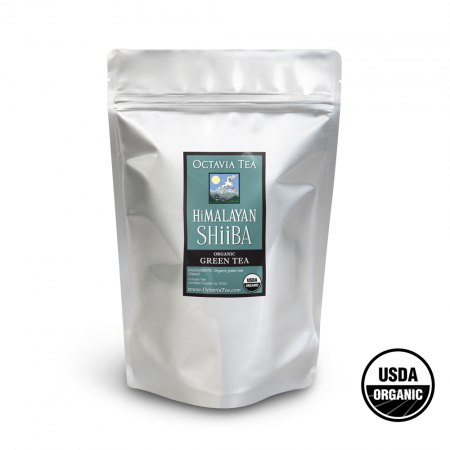
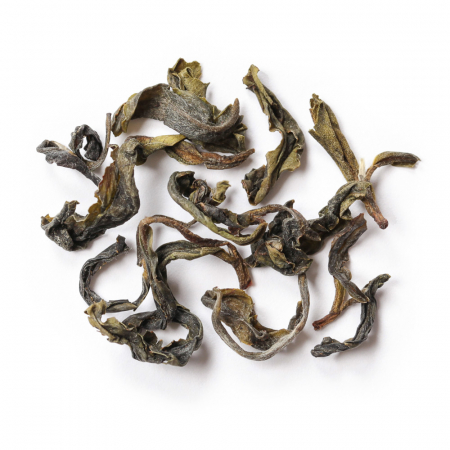
Octavia Tea Sign In
Create New Account